
Just Still Breathing
¥39.14
This book is a collection of jokes, wonderfully illustrated by Mike Payne, the original creator of Tatty Teddy. Mike's unique view of the world is shown in a humorous manner, with more than forty hilarious cartoons. Cheeky (but never rude), this book is sure to bring a smile to your face.
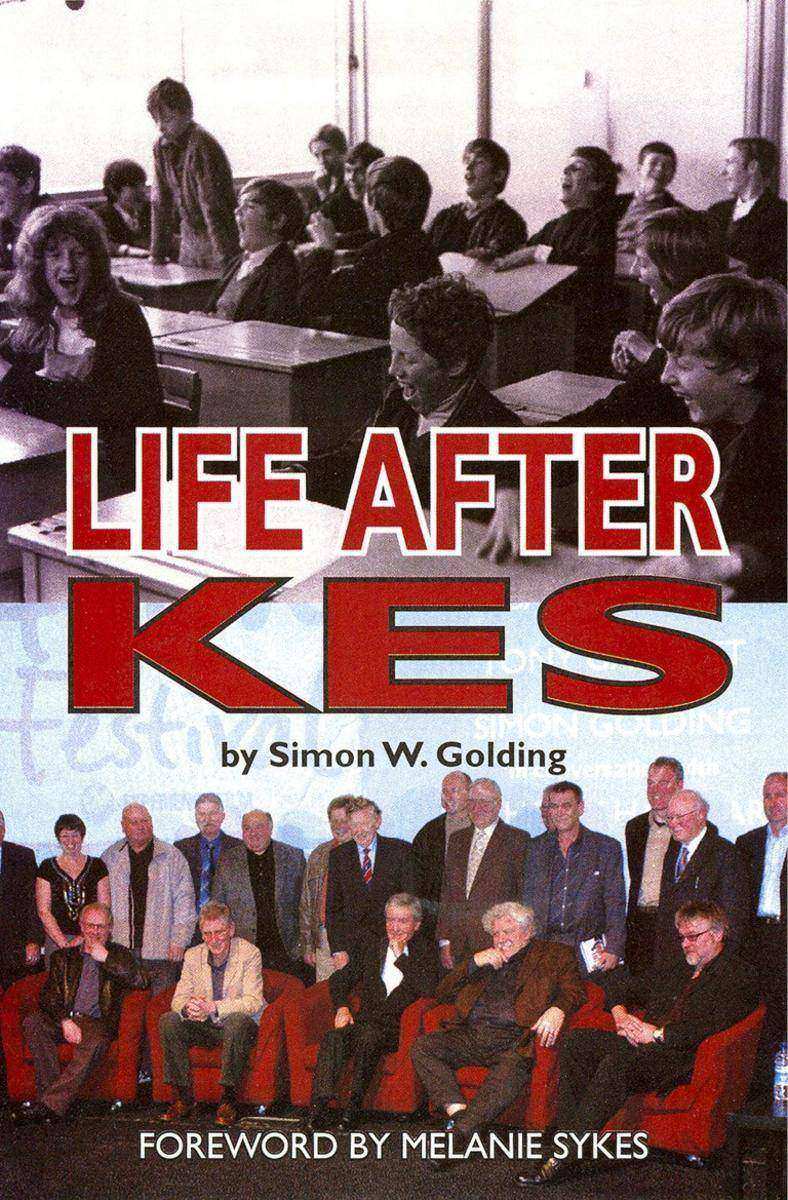
Life After Kes
¥39.14
Life After Kes examines the history and legacy of the 1969 award-winning British film, Kes, about a boy's (Billy Casper) relationship with a kestrel. This fascinating book not only pays homage to the vision and extraordinary talent involved both in front and behind the camera but also looks at subsequent changes in the educational system, posing some important questions. Are we any better off today? Have schools and teaching staff moved forward over the last few decades? Have successive government's learnt anything from the mistakes of the past? Life After Kes explores the lives of the cast and production team since the making of the film including David (Dai) Bradley who played the lead role and examines why the legacy of Billy Casper and the national perception of Kes cast a shadow over South Yorkshire. Does Casper's ghost still haunt this ex-mining community and is director Ken Loach's gritty northern drama as relevant today as it was then? This book is a must-have for all film fans, anyone who enjoyed Kes and all those with an interest in British social history.

A-Z of Atari 2600 Games
¥19.52
The A-Z of Atari 2600 Games: Volume 2 features reviews of three different games for each letter of the alphabet. The games range from the very earliest releases in the 70s to the modern homebrew games of today. This book shows you just how diverse the library of titles is for the Atari 2600 and how it became one of the best selling consoles of all time.

A-Z of Nintendo Game Boy Games
¥19.52
The A-Z of Nintendo Game Boy Games: Volume 1 features reviews of three different games for each letter of the alphabet. The games range from the very earliest releases in 1989 to the modern homebrew games of today. This book shows you just how diverse the library of titles is for the Nintendo Game Boy and how it became one of the most popular consoles of all-time.

What a Life!
¥58.76
Many people may not have heard of actor Jim Whelan but he has appeared in some of the most iconic programmes on British television over the past four decades, from Crown Court and Last of the Summer Wine to The Royle Family and Heartbeat. What a Life is the story of one man's passion for acting and his determination to follow his dream at all costs. From humble beginnings and an unpromising start, leaving school with no qualifications and few job prospects, Jim went on to enjoy a long TV career, receiving accolades from respected directors and working alongside such famous actors as Ray Winstone, Martin Clunes, David Tennant, Christian Bale and Rod Steiger. This autobiography explains how a shy and insecure Salford boy went from being a dockland worker to become a recurring character in Coronation Street and documents the successes and disappointments of a jobbing actor. In this honest account of his life Jim spills the beans on some of the big name stars he has worked with and provides the reader with a fascinating insight to the television industry and some of the larger than life characters who inhabit the world of 'soap'. This book is a riveting read that is certain to hold your attention from the first page to the last.

101 Amazing Facts about One Direction
¥19.52
Are you the world's biggest One Direction fan? Do you know more than any other Directioner out there? Or do you want to learn some fantastic new facts about the biggest and most successful boy band of all time?If so, then this is the book for you! Contained within are more than one hundred amazing facts about everything, from how the boys got started in the music industry to their relationships, closely-kept secrets, media controversies and much more. The book is easily organised into sections so you can find the information you want fast and is perfect for all ages!

101 Amazing Statistics
¥19.52
Did you know that you're almost two thousand times more likely to die from an asteroid hitting the earth than you are from a terrorist attack? Would you be shocked to learn that almost half of pilots surveyed admitted to falling asleep during a flight? Do you think world population growth is increasing or declining? And does a regular social drinker earn more or less than their alcohol-free counterpart? This fascinating book contains over one hundred statistics that will surprise, shock and amaze you. With sections covering life, death, crime, education, the environment and much more, this is a great quick read for readers of any age.

A-Z of Sega Mega Drive Games - Volume 1
¥19.52
The A-Z of Sega Mega Drive Games: Volume 1 features reviews of three different games for each letter of the alphabet. The games range from the very earliest releases in the mid-eighties to the modern homebrew games of today. This book shows you just how diverse the library of titles is for the Sega Mega Drive and how it became one of the most popular consoles of all-time.

Olly Murs Quiz Book
¥24.43
Are you a fan of Olly Murs? Do you enjoy listening to his music? Have you followed his journey from X Factor runner-up to award winning pop star and popular TV presenter. If you think you know all about Olly Murs or would like to find out more, The Olly Murs Quiz Book is for you.Which American male singer was Olly's role model whilst growing up? Which song did he sing when he auditioned for The X Factor in 2009? For how many weeks was Olly's song 'Thinking of Me' in the top 10 in the UK single charts? The answers to all these questions and more can be found in this exciting new quiz book.With 100 questions and fascinating facts all about Olly Murs, including many personal details, you are certain to learn something new about the man and his music. This is a must-have book for everyone who supported Olly during his time on The X Factor and all the many fans, old and young, who have watched him grow into a polished performer.
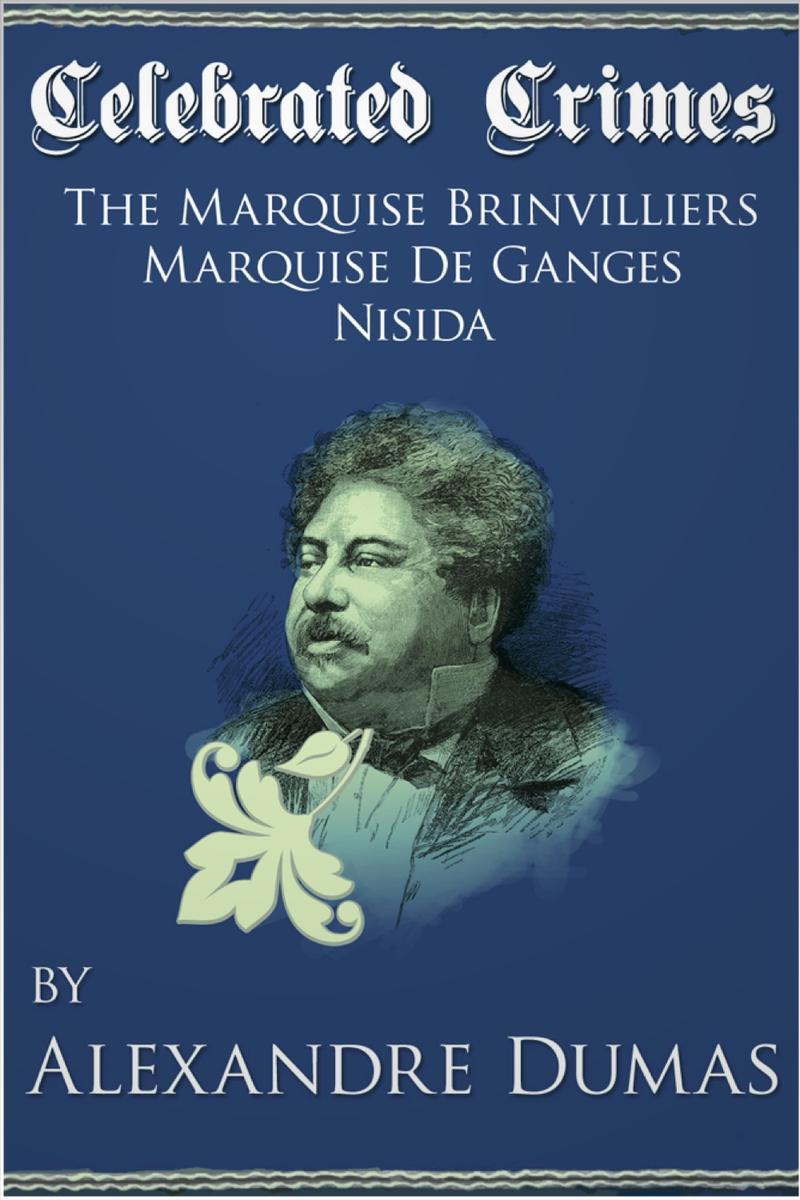
Celebrated Crimes 'Marquise de Brinvilliers', 'Marquise de Ganges' and 'Nisida'
¥19.52
Three writings taken from 'Celebrated Crimes', a series of essays on famous criminals and crimes by the author of 'The Count of Monte Cristo' and 'The Three Musketeers', Alexandre Dumas.
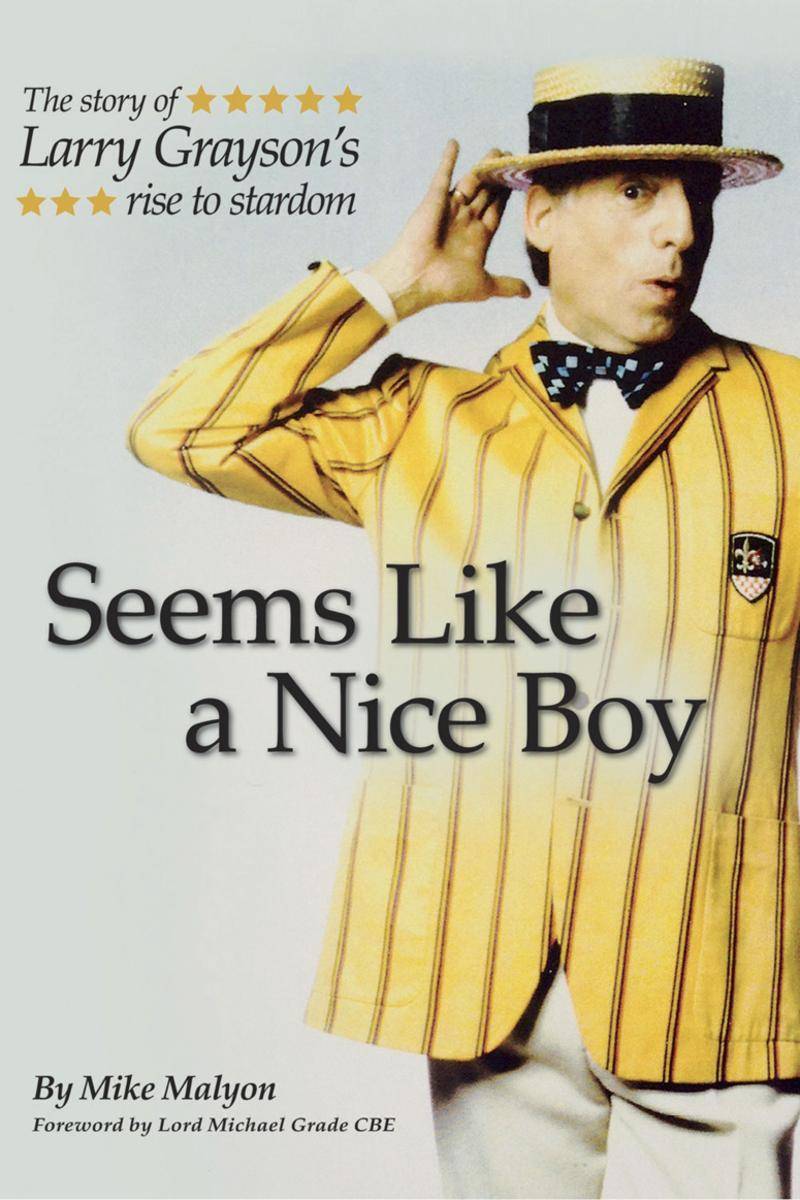
Seems Like a Nice Boy
¥48.95
The name Larry Grayson will be instantly recognisable to anyone who can remember the 1970s when his catchphrase 'Shut That Door' was on everybody's lips. However, Larry's rise to fame was slow in coming, born of years of perfecting his craft in clubs and theatres across the country. This biography details Larry's early life, how he was handed over as a baby to a miner's family in mysterious circumstances and brought up by his beloved foster sister, Flo, who was to become his lifelong companion. As a boy, encouraged by Flo, Larry would perform comedy routines for his school chums, standing on a tin bath in a wash-house yard, and he took his first steps into showbiz as a teenager with a local concert party. Seems Like a Nice Boy describes how, after a long career, Larry was eventually spotted by a top agent and set on the road to stardom, not only on stage but on television. Larry went on to host The Generation Game, attracting weekly audiences of around twenty million viewers and bringing Larry the kind of fame that he had always dreamed of. This fascinating book reveals how Larry Grayson's determination to succeed turned him into one of Britain's best-loved entertainers. This is a must-have read for Larry Grayson fans and anyone who enjoys classic comedy from a bygone age.
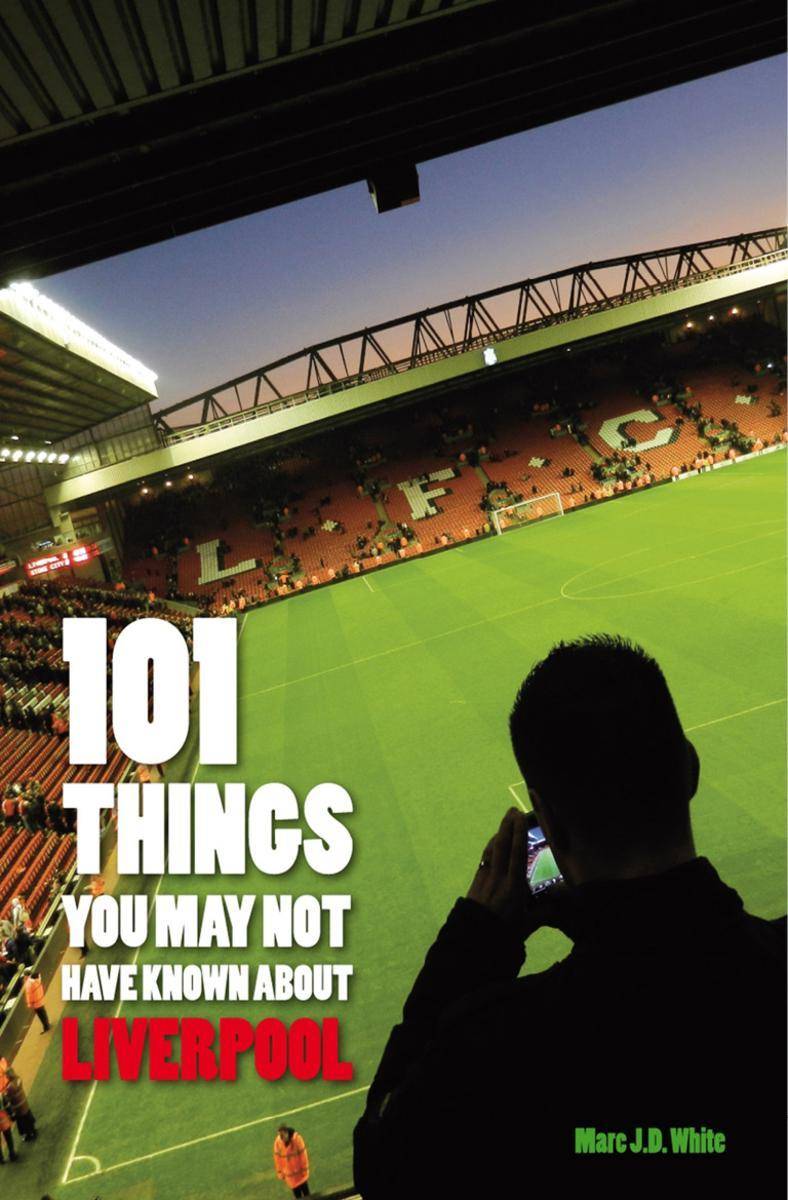
101 Things You May Not Have Known About Liverpool
¥24.43
Brief Description: Liverpool FC is one of England's most popular football teams with an army of loyal supporters and a long and successful history but how much information have you picked up about the club through the years? If you are a fan of the Reds or would like to find out more about them 101 Things You Might Not Know About Liverpool will tell you everything you ever wanted to know.How many players have scored over 100 goals for Liverpool? What five companies have been the club's kit sponsors? How many Liverpool players have captained England? The answers can all be found in this book together with lots more fascinating facts about Liverpool FC.This gem of a book will tell you about club records and history, famous players and managers, memorable wins, draws and losses and all those golden moments from Liverpool's glorious past. This is a must-have book for Liverpool fans of all ages and anyone with an interest in English Premier League football.

Rock Metal Quiz Book
¥29.33
Are you a fan of rock metal? Can you name the bands that are synonymous with this type of music and the songs that made them famous? Do you go to the Download Festival on the trail of your favourite rock stars? If you answered yes to any of the above questions, you definitely won't want to be without with The Rock Metal Quiz Book.What UK band charted with 'A Graveyard of Empty Bottles'? Who produced Nirvana's seminal album 'Nevermind'? What was the name of Motorhead's 1982 studio album? The answers to these questions and more can all be found in this new quiz book. The 850 questions in this book, some easy, some hard, have been put together to test your knowledge of rock metal bands, their history and their music. Full of information about your favourite groups, individual stars, lyrics, venues and much more, you are sure to find out something you never knew. This fun and entertaining reference guide is a must-have for rock metal fans of all ages.

Jump Up - The Rise of the Rolling Stones
¥44.05
Jump Up - The Rise of the Rolling Stones was originally a coffee-table illustrated softback that traced the band's first ten years from 1963 onwards. Now available in digital format for the first time since it was published in 1995, the book, taken from author Nigel Goodall's original unedited manuscript, assembles an amazing picture of the first decade of the 'Greatest Rock 'n' Roll Band In the World' - and includes details of previously unheard interviews with the Stones and with all those that knew and worked with them during the period the book covers. Hailed as one of the first biographies to potray a vivid and dramatic telling of the early life and career of the band, the book covers everything from Jagger and Richards meeting on Dartford Railway Station to the early days of playing West London blues clubs, the package tours, the drug busts, the women, the death of Brian Jones, the beginning of the sticky 70s and the major stadium gigs.

Portsmouth Quiz Book
¥34.24
Are you a Portsmouth supporter? Do you attend every game and follow the club's progress in the League? Can you name all the great players, past and present, who have passed through the club's doors? If you think you know all there is to know about Pompey, why not put your knowledge to the test with this exciting new quiz book?With 250 thought-provoking questions on all aspects of the club, including honours and history, top goalscorers, playing positions and nationalities and memorable managers, as well as a wealth of information about individual players, The Portsmouth Quiz Book is certain to get you thinking. Even the most dedicated Pompey fans are bound to discover something new.Full of fascinating facts, this quiz book will provide hours of fun for football supporters of all ages and it is an easy way for younger Pompey fans to learn more about the club. Perfect for match day to find out who really knows the most about Portsmouth and to gen up on your favourite team.
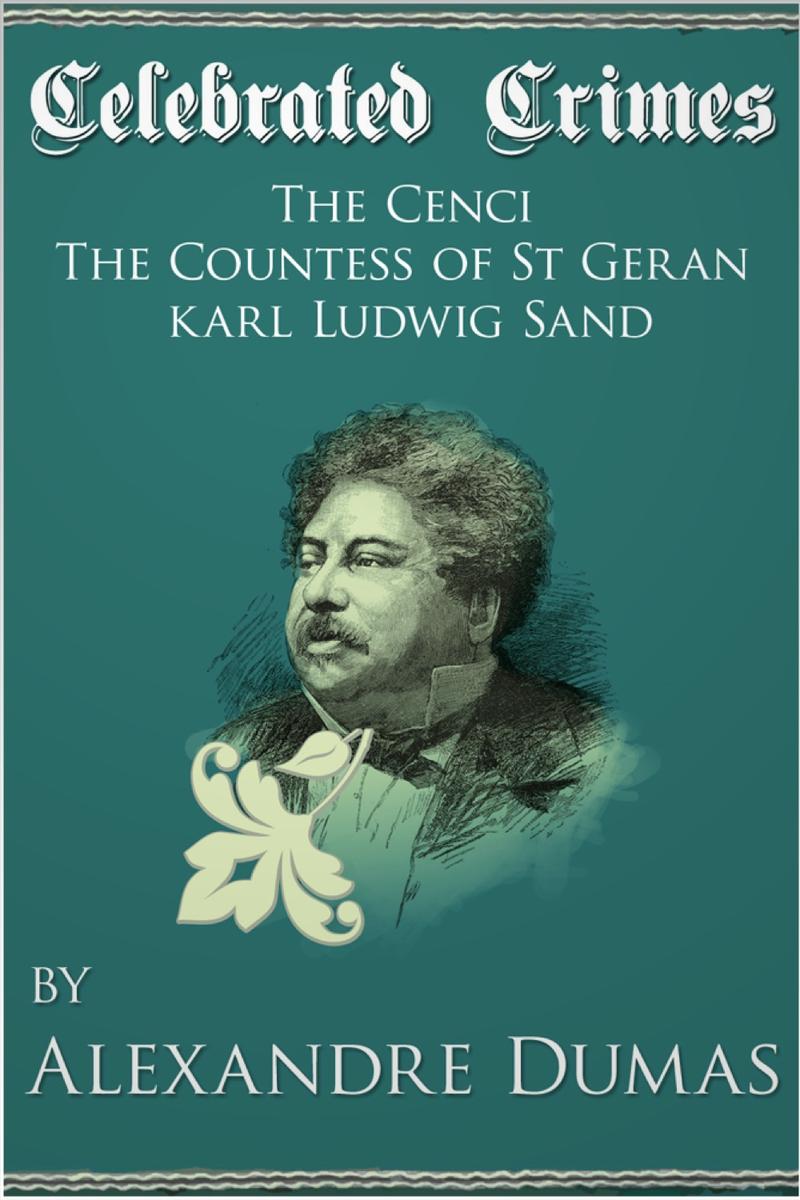
Celebrated Crimes 'The Cenci', 'The Countess of St Geran' and 'Karl Ludwig Sand'
¥19.52
This text was taken from 'Celebrated Crimes', a series of essays on famous criminals and crimes by the author of 'The Count of Monte Cristo' and 'The Three Musketeers', Alexandre Dumas, and contains the text from three of the books in the series. This volume contains books on Beatrice Cenci, an Italian noblewoman committed of murder in the 16th century. The Countess of Saint-Geran Karl Ludwig Sand, convicted of murder in the early 19th century

Benedict Cumberbatch, Transition Completed
¥58.76
Star Trek: Into Darkness, The Fifth Estate, 12 Years a Slave, August: Osage County, The Hobbit: The Desolation of Smaug-these would be milestones in most actors' entire career. For Benedict Cumberbatch, roles in these films are merely a year's additions to his already-vast resume. 2013 proved to be the final step in Cumberbatch's transition from respected working actor to bona fide worldwide celebrity and recipient of BAFTA Los Angeles' Britannia Award for British Artist of the Year. Like its predecessor, Benedict Cumberbatch, In Transition (MX Publishing, 2013), Benedict Cumberbatch, Transition Completed: Films, Fame, Fans explores the nature of Cumberbatch's fame and fandom while analysing his most recent roles. This in-depth performance biography does more than critique the actor's radio, stage, film, and television performances-especially his star turn in the long-awaited yet controversial third series of Sherlock. It also analyses how and why the actor's work is so memorable in each role, a perspective unique to this performance biography. Cumberbatch's role in popular culture, as much as his acting in multiple media, is well worth such scrutiny to illustrate that Benedict Cumberbatch represents both the best of acting and of the power of celebrity.

Ella Henderson Quiz Book
¥24.43
Are you a fan of Ella Henderson? Have you followed her meteoric rise to fame from her first X Factor audition through to the release of her debut solo album? Do you know all the lyrics to Ella's soulful songs and enjoy singing along? If you answered yes to any of the above, you are certain to enjoy this new quiz book all about the multi-talented singer-songwriter. Which Cher song did Ella sing at Boot Camp when she appeared on The X Factor? On what UK television show did Ella appear alongside Joey Essex and Al Murray during December 2014? Who directed Ella's music video for her song 'Yours'? Dip inside The Ella Henderson Quiz Book to find the answers to these questions and more. Packed full of facts about Ella's amazing career to date, this quiz book contains 100 questions about the emerging star including both professional highlights and personal details. This book is sure to appeal everyone who enjoys the music of Ella Henderson and would like to find out more about her.
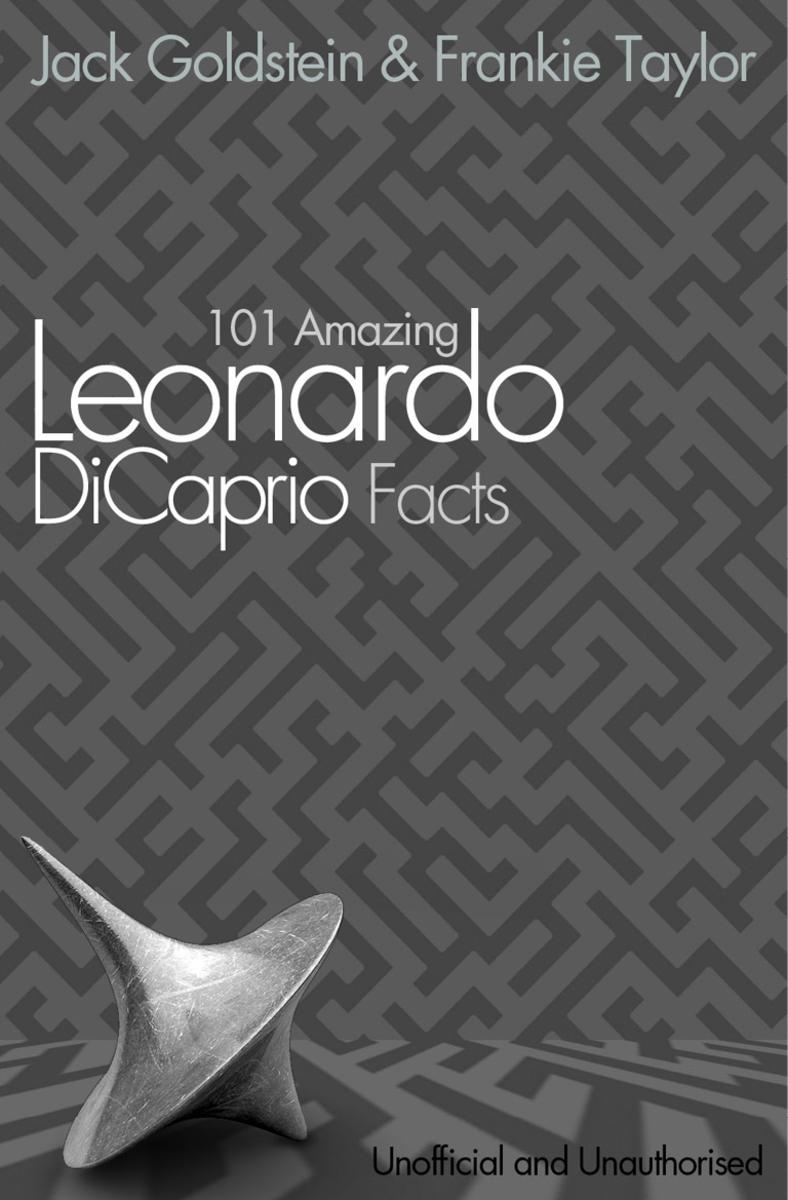
101 Amazing Leonardo DiCaprio Facts
¥19.52
Are you the world's biggest Leonardo DiCaprio fan? Do you know everything there is to know about the actor of a generation? Then this is the book for you! In this easy-to-digest eBook are 101 facts about your favourite movie star - do you know all of them?Test yourself and your friends with these handily-packaged facts easily organised into categories for maximum enjoyment. Sections include Leo's films, his family and friends and some crazy facts about his life!Whether your favourite film is Titanic, Inception or The Great Gatsby, this fantastic eBook is full of great fun facts for you.

Vamps Quiz Book
¥24.43
Are you a fan of British band The Vamps? Have you recently discovered this exciting new group or seen them perform as supporting artists? Can you name all the tracks on their debut album? If you think you know about Bradley, Connor, James and Tristan or would like to find out more, you are certain to enjoy The Vamps Quiz Book. Which boy band did The Vamps support in the UK and Ireland on their 'Word of Mouth' world tour? In what year was the band's debut single released? Which American actress and singer featured on the band's song 'Somebody to You'? The answers to these and similar questions can all be found inside. This book contains100 brain-teasers about The Vamps and includes singles, debut album, tour dates and awards as well as many personal details about each band member. If The Vamps is currently your favourite band you won't want to be without this quiz book detailing the early days of the band's promising career in pop.

101 Amazing Facts About The Wanted
¥19.52
Are you the world's biggest fan of The Wanted? Or do you want to find out everything there is to know about the world's greatest boy-band?If so, then this is the book for you! Contained within are 101 amazing facts about how they boys got started in the music industry, the women they have dated, incredible things about their personal lives plus many more. The book is easily organised into sections so you can find the information you want fast!




 购物车
购物车 个人中心
个人中心



